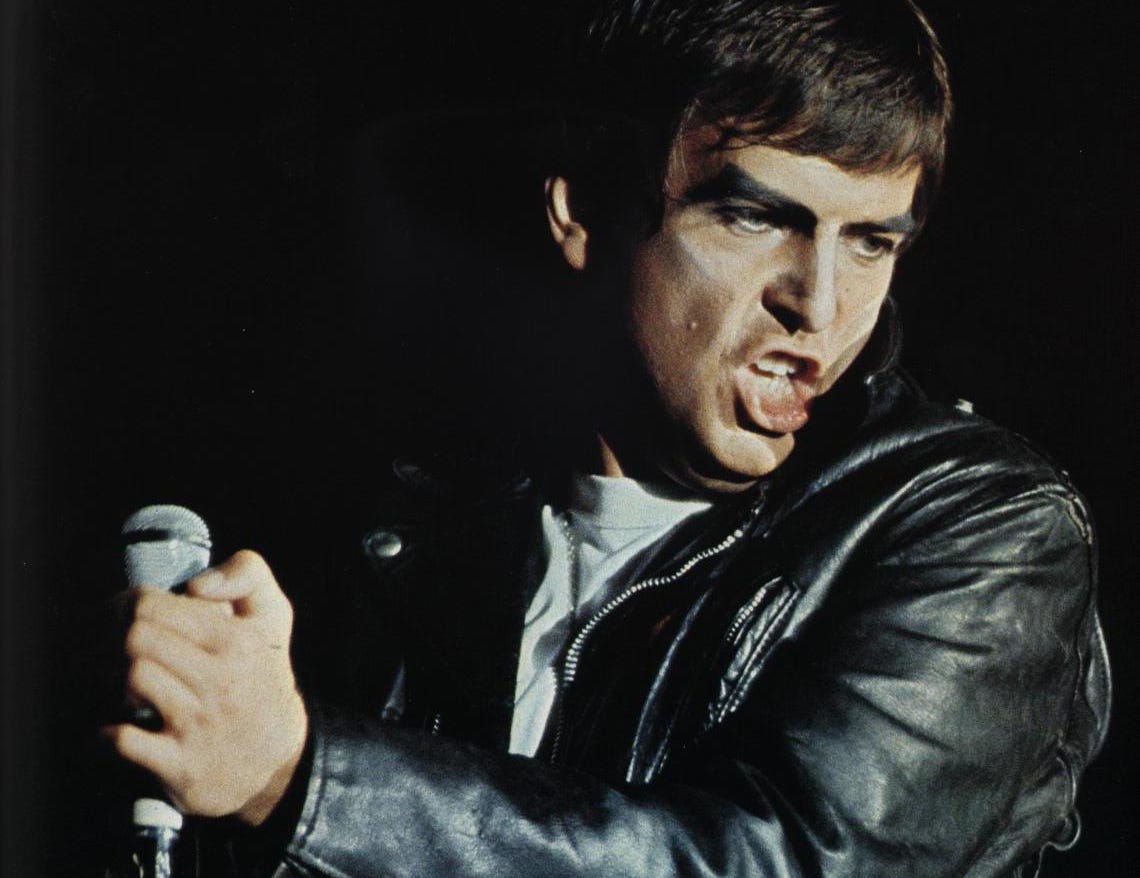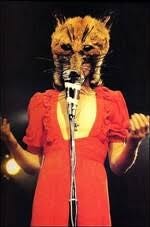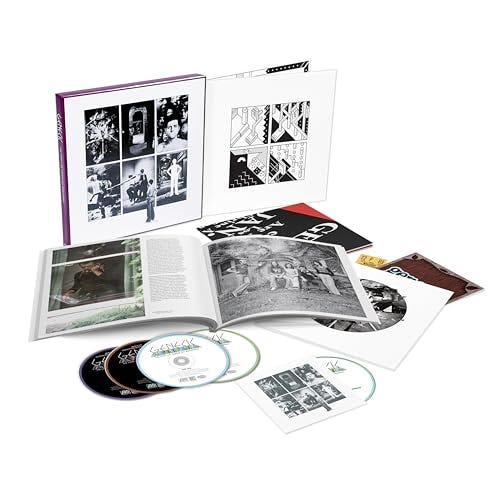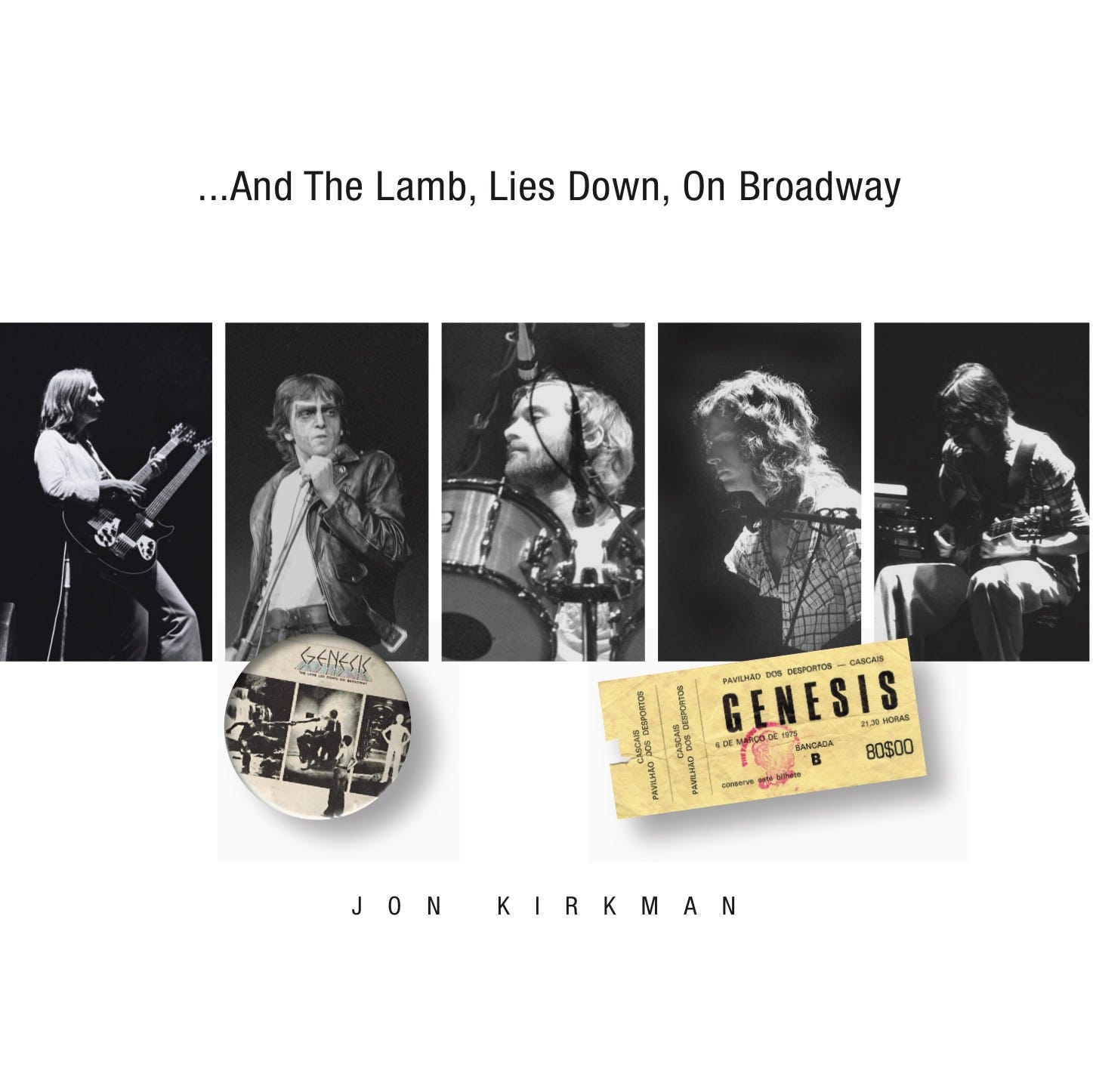it is 2025 and The Lamb continues to Lie Down with Genesis
it is dark. it is surreal. it is psychologically intense. it is Real. it is Rael. it is The Lamb.

Note: Your email app may truncate this post. The Substack app can cope.
it is dark. it is surreal. it is psychologically intense. it is Real. it is Rael. it is The Lamb.
The original release of The Lamb was responsible for my false start with Genesis. I only first became properly aware of them with Selling England by the Pound.
On one listen this would become one of my favourite ever records. I vowed to buy everything by Genesis in the future, and to catch up with the older LPs too.
The snag was my status as a 15-year-old school kid, reliant on pocket money. I could only rarely stretch to buying an album. Double albums were out of the question without record tokens or the bargain bin, and The Lamb was never destined for such an ignominy as that. I consoled myself with the thought that it was an impenetrable concept album and, as such, not as good as their previous releases. It had to stay in the waiting room.
We didn’t know anything like the full story then, but it was a fraught album to make, and a difficult set of songs to tour, with the result that Peter Gabriel walked out of the machinery. It was assumed the band was no more, because Gabriel wrote everything. We, of course, were wrong on all counts and when they bounced back with A Trick of the Tail I was able to buy it immediately, as I now had a Saturday job. Incredibly, this was im/possibly better than Selling England … so, what was I missing by not having The Lamb? Thanks to the need for sliced bread machinery to be cleaned, Lamb was now mine. And not for the last time.
I purchased another copy when it was first released on CD. And yet another copy when the ‘Definitive Edition Remaster’ emerged in 1994. Then there were a series of boxed sets covering all the Genesis albums, including SACDs, meaning there was a 2007 remaster, too (in the Genesis 1970-75 box).
Now, in 2025, The Lamb has a box all to itself, with (naturally) another remix/remaster, this time embracing Dolby Atmos. The box also includes an improved version of the live show at The Shrine Auditorium, previously available in the Archive 67-75 box, and three unreleased alternative versions, but only as downloads. There’s a 60-page softback book and a few bits and pieces of memorabilia.
Genesis have never really looked after their archive. Those boxes - long unavailable and selling for megabucks now - are the nearest they came. Yes, it’s a vital part of fan culture to complain about archive releases, with tracks that are known to exist left behind in the vaults, and bootlegs not getting an official release. Nothing will be perfect because even ‘definitive editions’ have to take a commercial view rather than be fan club releases. It is, though, possible to get somewhere near doing the job properly. Take, for example, my other favourite band, The Who. There are terrific boxes of their key albums, including plenty of officially unreleased archive tracks, full gigs, and comprehensive hardback books (the next, focused on Who Are You, is due next month). Essentially, The Who band know their listeners want this stuff.
Genesis, especially Tony Banks, fail to understand that listeners do want yet another version of, say, ‘In the Cage’. As many as exist, please. Listeners do want those early versions of tracks that never made the album, even if it’s immediately obvious leaving the track behind was the right decision. It’s valuable to hear the history of an album, of the growth of a band, even if many of those discarded tracks just get one listen.
Genesis and The Who have different working methods, meaning there are far fewer discarded Genesis songs in the vaults.
There are some intriguing parallels between Genesis’s The Lamb Lies Down on Broadway and The Who’s abandoned Lifehouse project, and the characteristics of the two bands at least partially explain why one album was released while the other had to be radically changed.
Genesis are a songwriting collective. Their original intention was to write songs for others to perform, and they continued as a band of writers throughout their existence. In theory, that could mean an excess of songs, but they usually only recorded the songs they were likely to use, so there were very few songs left over.
That said, The Lamb was Peter Gabriel’s baby. The story was his, and he wrote the vast majority of the lyrics - eventually - although the band wrote the music as a group. There were not a multitude of potential Lamb songs that were discarded.
The Who, by contrast, have always been a vehicle for Pete Townshend’s songs. The grand concepts/rock operas - Tommy, Lifehouse, Quadrophenia - were his, as were the vast majority of the songs. Townshend worked alone in his home studio, writing and recording demos to present to the band; many more songs than even a double album would need. When it came to the super deluxe box of Who’s Next | Life House, there were multiple discs of extra material to include.
As an aside, and a rabbit hole I intend to dive down further soon, there are other similarities between The Lamb and Lifehouse. Both were (are?) potential films; both had a convoluted plot; both had multimedia elements; both dated from the early seventies; and both nearly blew their mothership bands apart. Plus - the name of the central character in the Lamb, ‘Rael’ is pre-echoed in an earlier Who song ‘Rael parts 1&2’, although this is unlikely to be any more than coincidence.
But, as the recent Genesis soundboard ‘leaks’ showed, there’s plenty of great live material to be heard. In the new box, we have an, albeit cleaned up and completed, reissue of a live show that’s been out before.
Anyway. The Lamb. The box. The music.
Until The Lamb, Genesis had been known for singing about the often odd goings-on in pastoral England. Their songs usually took something familiar and gave it a twist: ‘Harold the Barrel’, ‘I Know What I Like’, or ‘Watcher of the Skies’ (included as an encore in this set), for example. Suddenly, it was 1974, and all had changed. Now we were following the adventures of a street punk in New York City. Gabriel’s costume had changed from a fox’s head to a leather jacket. Lyrical references were to “early morning Manhattan” and “the wall of death being lowered in Times Square”, rather than “Over the garden wall, two little lovebirds - cuckoo to you!”
The album announces itself with a Tony Banks keyboard pattern, incidentally one that isn’t a million miles away from those used by Pete Townshend on ‘Baba O’Riley’ and ‘Won’t Get Fooled Again’. That first song, the title track, has a brilliant lyrical touch because the title is sung as “and the Lamb …”, indicating this is the continuation of a story, one we’ve dropped into the middle of. The one word suggests the story was playing out before this telling began and will continue long afterwards.
This 2025 remix is beautiful, dramatic, forceful and subtle. Listen to the sublime ‘Hairless Heart’ melody played on acoustic and electric guitars, amplified by synth, before moving upbeat into the poppy ‘Counting Out Time’, bringing some light relief.
There’s a clarity to the sonic imagery that means the weirder elements (what is credited as ‘Enossification’, Brian Eno let out to play) no longer clutter the sound of an already ambitious band but boost their range still further.
‘In the Cage’ now sounds close to the astonishing live powerhouse it developed into, with Phil Collins’ drums both setting the pace and filling the soundstage. Underneath all of this, we can hear the bass runs from Mike Rutherford, who both dances with the drum patterns and provides a melody of his own.
The differences in the mix to be heard here (and in the Dolby Atmos mix) are already being analysed in minute detail in the listener forums. Some seem very unhappy with the Atmos mix, but that could be a question of getting used to differences. Despite the complaints regarding the music included and the overall presentation of the box, the love that has gone into creating yet another remix/remaster is evident.
Much of this reconstruction work was done at Peter Gabriel’s Real World studios. More than any other Genesis project, The Lamb is close to his heart. Controversially, that work included rerecording some of the vocals to be heard in the live set. I can understand the purest point of view that a live recording should present what happened on stage, warts and all. I also get the counterargument; something that will be listened to multiple times needs to be as good as it can be.
The Lamb was the final Genesis album to include Peter Gabriel. He would keep a little of the Rael persona in his initial run of solo gigs, including a punk version of Procol Harum’s classic ‘A Whiter Shade of Pale’, even if that wasn’t to be the long-term direction of his solo work.
Like Pete Townshend’s Lifehouse, The Lamb refuses to die; not in terms of new songs and extensions to the story, but in terms of being one of the few Genesis albums to get recognition approximately on its anniversary (only a year out, after a couple of delays apparently related to that Atmos mix). It’s also one of those albums that attracts cover versions. Not just of individual songs, but of the entire double album. Twice.
Due for reissue in November, with added orchestra (since a previous version released a few years ago) is Nick D’Virgilio’s Rewiring Genesis (the first track, ‘In the Cage’, can be heard now and was included in my playlist LP>Play #057) Nick is the drummer for Big Big Train, and also played on the final Genesis record after the departure of Phil Collins.
The other cover version was recorded on vintage seventies instruments, by Dave Kerzner & Sonic Elements.
In addition, Steve Hackett has included Lamb songs in his tours, including The Lamb Stands Up Live at the Royal Albert Hall.
Or, if you want a different version entirely, the Jaume Vilaseca Trio have recorded three albums of jazz versions of Genesis songs, each including tracks from The Lamb.
Books, sometimes expensive academic ones, have been written about The Lamb. When you want to go deeper, have a look at Genesis and The Lamb Lies Down on Broadway by Kevin Holm-Hudson (examining the “surreal allegory drawing its material from religious, literary and psychological themes”); The Lamb Lies Down on Broadway (Genesis 1974-1975): History of the Enigmatic Cult Album by Dr. Mark Bell (explaining it’s mysterious content piece by piece); and Genesis … And The Lamb, Lies Down, On Broadway by Jon Kirkman (a detailed look with rare photographs and memorabilia), although this was a limited edition and is now out of stock.
For some people, The Lamb Lies Down on Broadway is the only Genesis album they like. It might be the greatest progressive rock concept album ever made. For others, it’s music to be avoided at all costs. I suggest listening to Lamb, because the songs are brilliant. Heavy concept album? Yes, it is, but if that has ever discouraged you, forget the concept and enjoy the songs.
Coming next on LP: My next playlist, LP>Play #058, is out in a week or so. Once I’ve torn myself away from The Lamb.








'cos it's only Knock and Knowall, but I like it.
In a high school English class, a teacher let me present the lyrics from this album as modern poetry. I had her when I told her 2 of the albums' influences were Keats and Philostratus.
Understanding any of this album, lyrically or musically, puts your appreciation of music at a higher level. I had a short on-line convo with Steve Hackett a few years back, talking about the multiple key changes in Silent Sorrow in Empty Boats. He thought there 'Weren't that many'. There's at least 6, and they're not just Major to relative minor changes.